A secure modular aircraft audio management and communication system that features scalable integration of multilevel secure voice/data/video communications. An advanced modular communications solution for the information-based, net-centric battlespace

Secure

3D Spatial Audio

VOIP

Wireless
The Palomar SCS 3.0 Secure Digital Communication System and aircraft audio management system features an advanced set of modular building blocks that meet the most stringent military requirements of 21st-century information-based warfare. The solution’s native scalability supports integration of communication systems for a wide range of platforms, from compact aircraft to large secure ISR aircraft, to sizable multilevel secure, battle-ready tactical installations. Palomar has combined its proven expertise and core technologies in TDM switching, IP and TEMPEST with standards based and COTS architectures in a modern, highly flexible and upgradable design for today’s multi-mission platforms and deployments. Our systems have unmatched flexibility, from automated multiband relay of voice/data/video to radio, crypto, modem and sensor control to dynamic, multilevel secure communications management. This flexibility makes mission reconfigurations more efficient through a user-friendly configuration manager, reducing typical modification costs and timelines. An uncompromising combination of reliability, modularity, upgradability and interoperability makes the Palomar SCS 3.0 Secure Digital Audio Management and Communication System the solution of choice for all multi-mission platforms in the 21st century.
SCS 3.0 Scalable Architecture
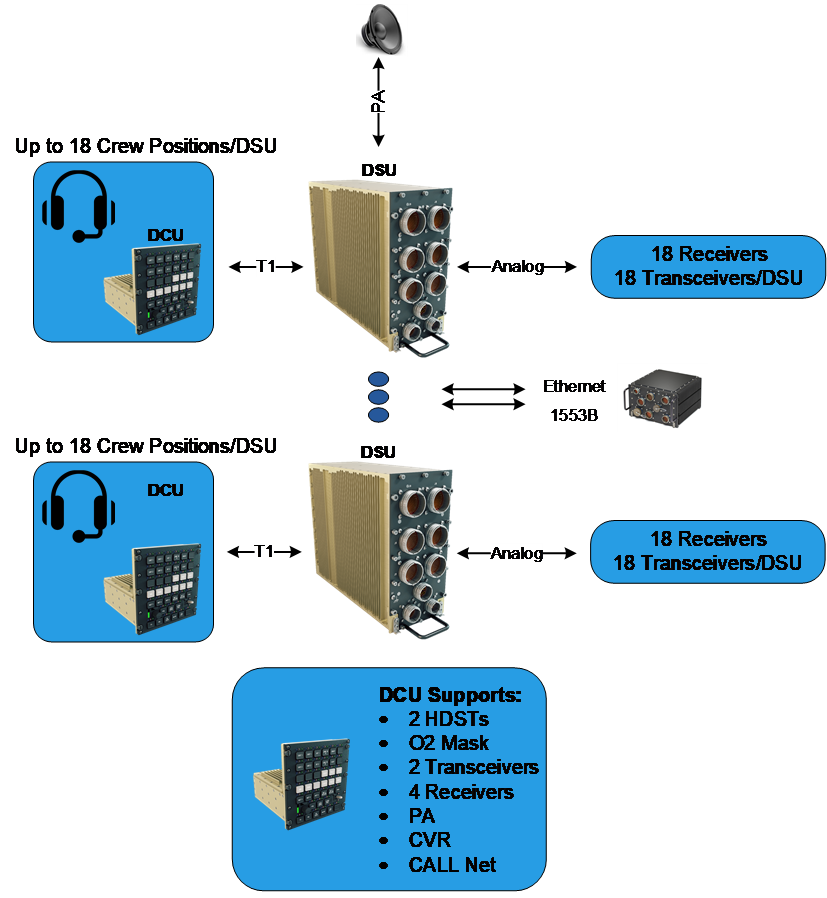
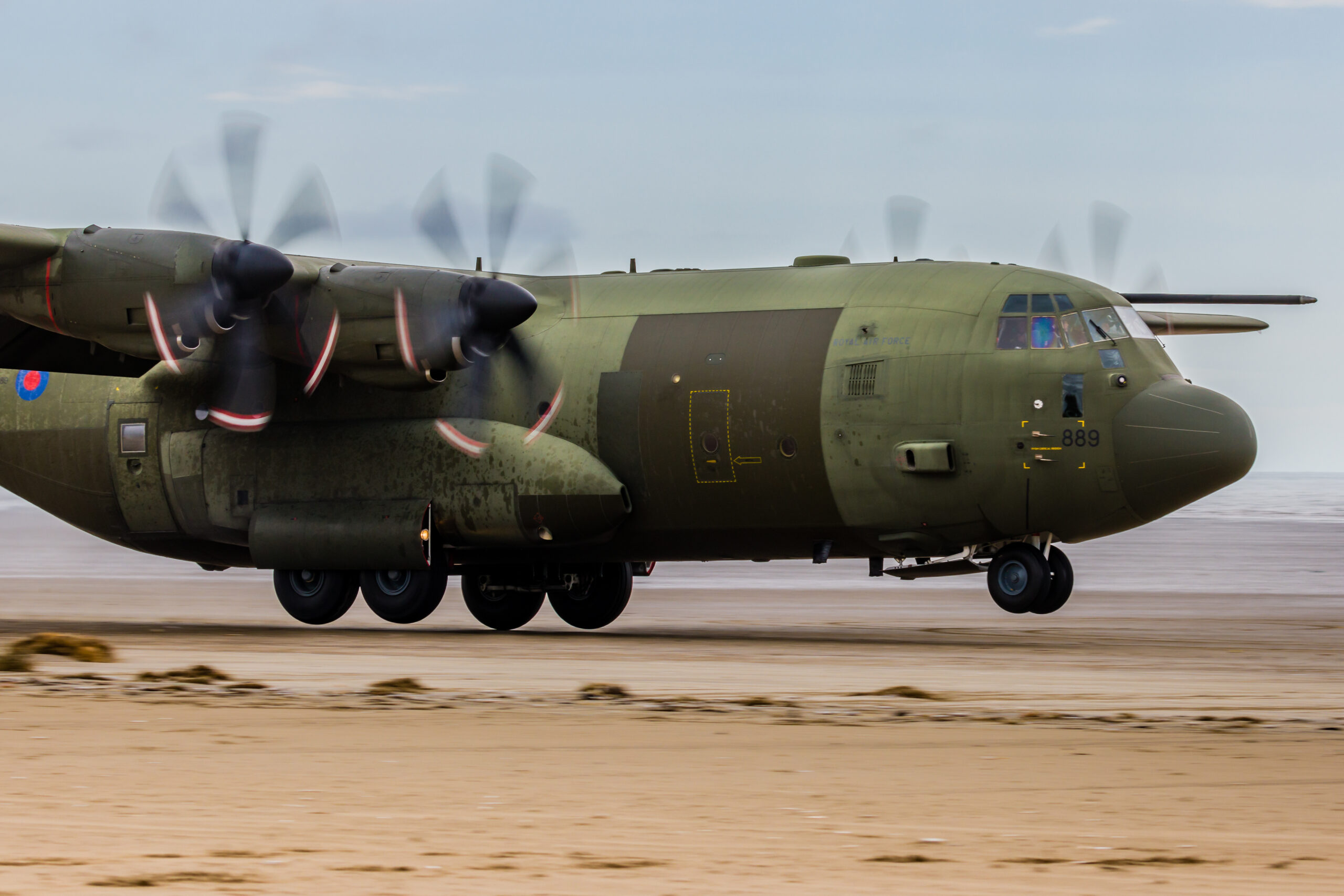
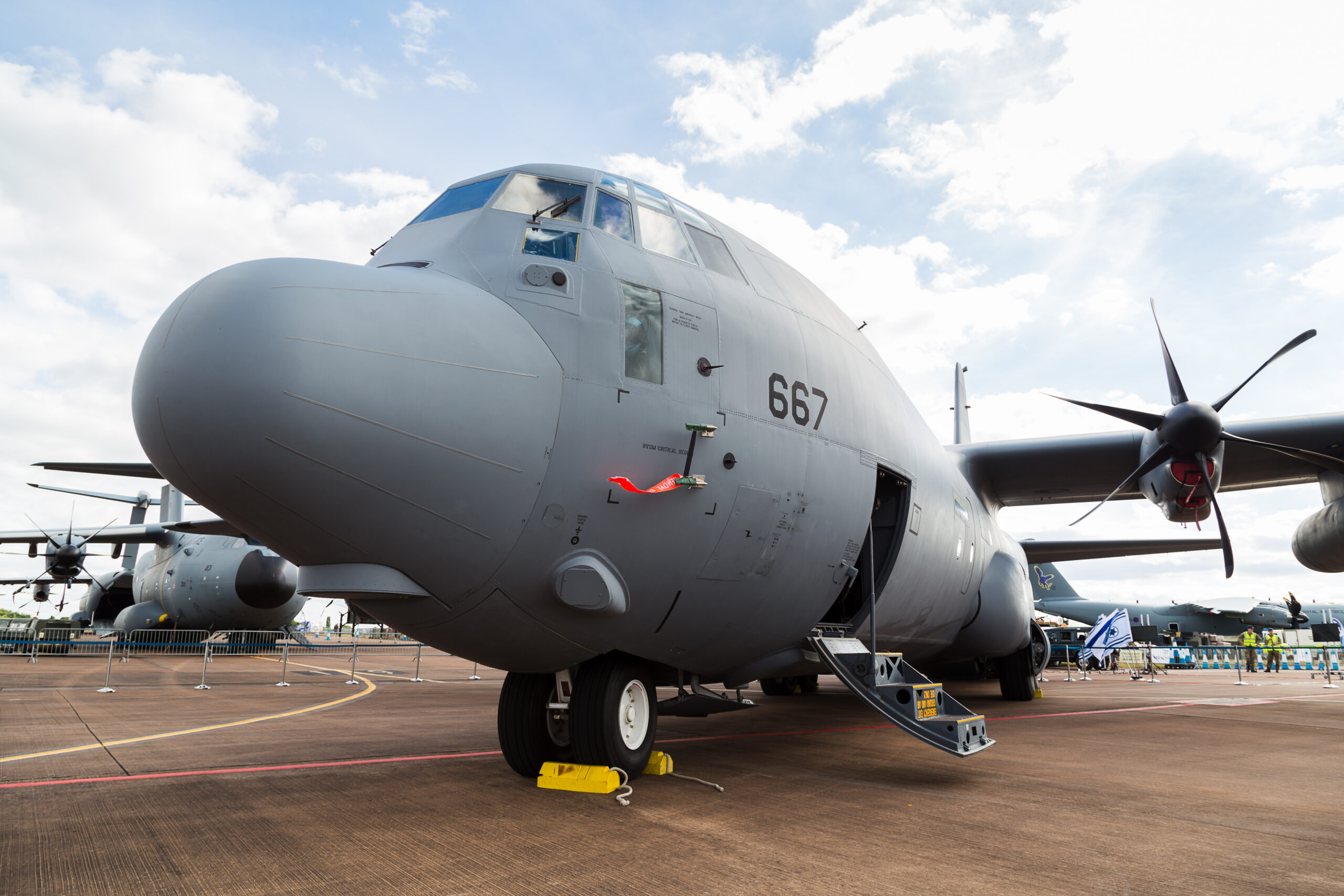
Features and Benefits
Dependable Technology
Compatibility and Interfaces
Certified Tough & Secure
Notable Platform Installations
More Information
Radio receive levels
Software selectable 0.1 Vrms to 15.8 Vrms and 150 Ω,
600 Ω, and >4K Ω
Radio transmit levels
Software selectable from 0.1 Vrms to 2.0 Vrms
Microphone inputs
Low-level dynamic, high-level amplified
Headphone outputs
Binaural and monaural, standard and ANR high level
(300 Ω cups) and low level
(19 Ω cups)
Frequency response
Up to 20 Hz – 20 KHz
Speech intelligibility
91 percent at peak noise
Crosstalk isolation
Red/black separation greater than 100 dB at 1 KHz
Audio and data latency
Audio: <3 milliseconds
Data: Ethernet QoS settings and load dependent
Audio quality
Distortion <3 percent, idle channel noise -56 dBr
Visibility
Programmable luminosity curves
Power
28 V per MIL-STD-704
Environmental
Designed to RTCA/DO-160F, MIL-STD-810G
EMI/EMC
MIL-STD-461F and RTCA /
DO-160F, MIL-STD-464 and
RTCA / DO-160F
TEMPEST
NSTISSAM 1-92 Level 1
Software design assurance
RTCA/DO-178B Level C
Hardware design assurance
RTCA/DO-254 Level C
Operation standards
RTCA/DO-214
Quality assurance and best practices
SAE AS9100, ISO 9001 and AS9115
The DSU manages all connections among communications and data assets, crew members and operatives. The DSU is a modular, secure, TEMPEST qualified communications interface and control unit for all internal and external, secure and non-secure voice and data streams and ports.
-
- Best of non-blocking TDM and IP buses combined in one unit
- High-speed TDM architecture with very low deterministic latency for high-quality service and audio
- Architecture optimized for high bandwidth and universal interface
- Software defined configuration manager to quickly and efficiently add, delete, modify or simply manage mission and communications plans
- Quick, low-cost upgrades and modifications with a modular, open cPCI 3U backplane, expandable with software updates or future Palomar and COTS cards
- T1, Ethernet and MIL-STD-1553B ports
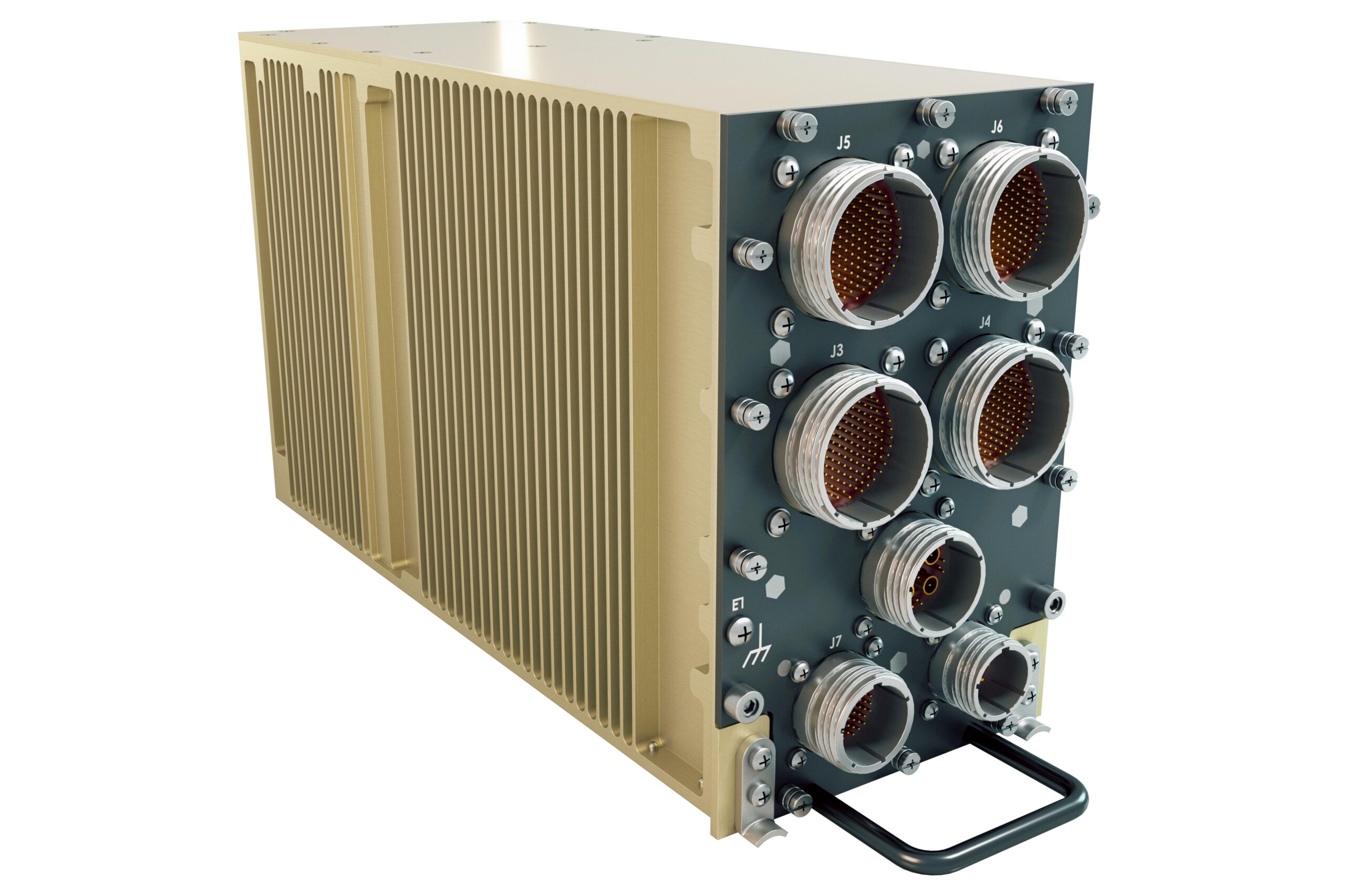
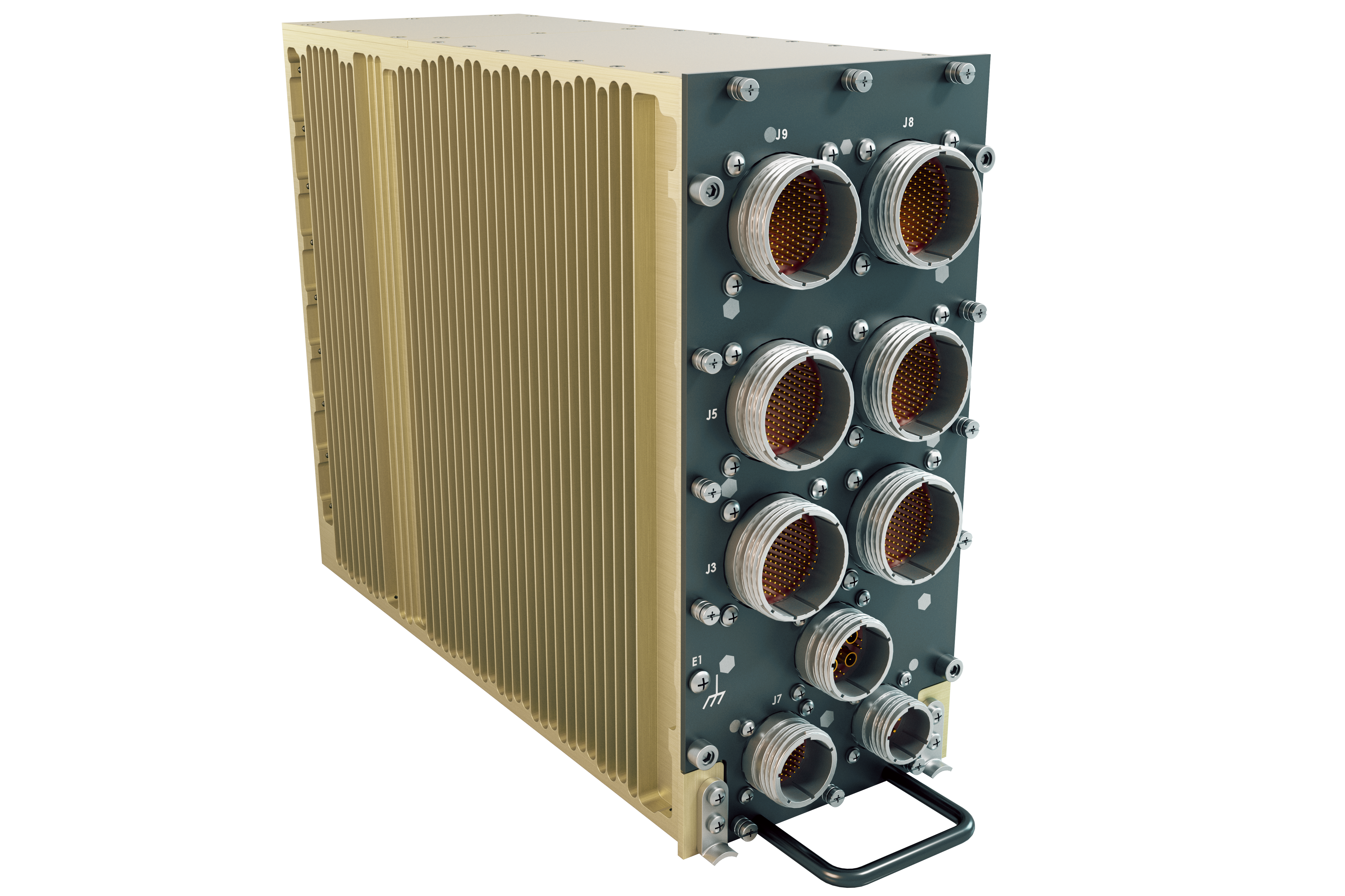
Short Digital Switching Unit
A Compact solution for SWaP restricted platforms, while still providing end users with Palomar’s industry leading secure communication system.
Capability:
-
- 12 transmit
- 12 receive
- 12 crew positions
Tall Digital Switching Unit
Palomar’s standard switch for SCS 3.0. To increase capability, a second switch can be added to the architecture via Ethernet to support larger system requirements.
Capability:
-
- 18 transmit
- 18 receive
- 18 crew positions
Dual Switch Capability:
-
- 36 transmit
- 36 receive
- 32 crew positions
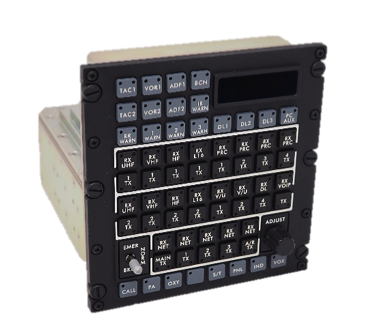
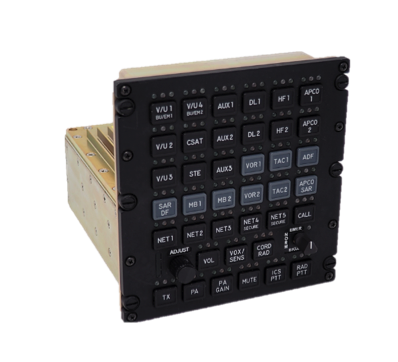
The SCS 3.0 system features our new DCU architecture, allowing standard unit circuitry to operate with a wide range of panels without hardware or application software modifications.
- Minimum cost to change or redesign front panel quickly
- Generic programmable architecture with a universal connector
- Flexible backplane with all key functionality and a programmable panel interface
- Software only control panel available for existing computer screens and multi-function modules. There is no need for extra space and wiring for special applications
- Binaural audio with support for ANR and dual headsets per position
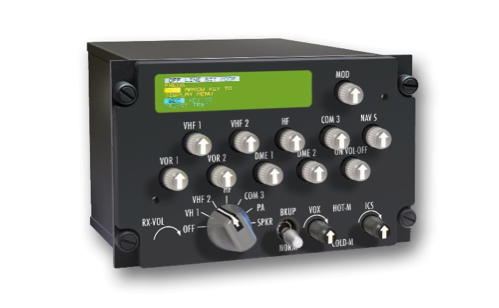
FD-DCUs provide flight crew members access to in-flight conference networks, radio channels, guard channels, NAVAIDs and other voice and data assets in the aircraft.
- Separate volume controls for each channel plus master volume control
- LED or screen based indicators for activity and transmit/receive modes
- Multilevel secure operation
- Emergency communication access to other control modules
- Direct connection to selected radios and NAVAIDs in stand-alone and emergency backup modes
- Controls for radio and intercom channel selection, receive/transmit, stereo balance, VOX sensitivity, AGC, HOTMIC, security level and more
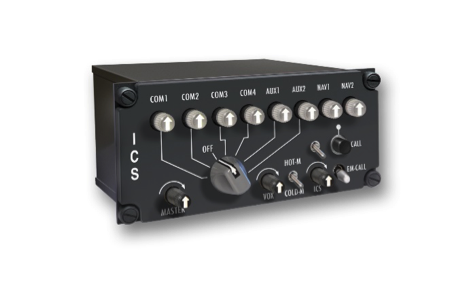
C-DCUs provide the same functionality as FD-DCUs but have panels that meet the needs of mission area crew members. They can also add optional human interface elements like display screens and specialized control modes.
- Controls for radio and intercom channel selection, receive/transmit, volume, VOX, AGC, HOTMIC, security level, playback and more
- Access to other control modules in emergency mode



![CPU 5options View A [01-01] Left assemble (0-00-00-00)](https://www.palomar.com/wp-content/uploads/2023/04/CPU-5options-View-A-01-01-Left-assemble-0-00-00-00-80x80.png)




